Helena Wolfsohn succeeded her father, who ran a porcelain business under the name L. Meyer & Söhne. She operated in Dresden from 1843, buying white porcelain mainly from Meissen and decorating it in the style of Johann Gregorius Höroldt's earliest Meissen pieces. She was also inspired by the paintings of Watteau. In 1878, the company was taken over by Helena's daughter, Emilie Elb. The company won several prizes at international exhibitions, including third prize in Melbourne in 1880.
The following year, however, problems arose. The Meissen manufactory sued them for using the AR (Augustus Rex) trademark. In 1881, the workshop was forced to stop using the trademark in Germany, and in 1883 in England. Compensation for the illegal use of the trademark is so high that the workshop runs out of cash.
At the Helena Wolfsohn factory, the porcelain itself was not produced; all the blanks came directly from different factories. The blanks were painted, glazed and fired. Helena Wolfsohn specialized in rococo porcelain painting. For a time, the manufactory used the initials AR in its mark, as in one of the first Meissen marks, but in 1883, following legal proceedings, the use of these letters was prohibited. The Helena Wolfsohn factory was one of the best followers and preservers of the Meissen porcelain tradition. It is often very difficult to distinguish between Meissen porcelain and porcelain from this manufactory, such is the high quality of the works.
Dimensions: Length 28 cm, width 19 cm, height 12 cm, weight 1122 grams.
Condition: Slight loss of gilding due to age. Otherwise excellent antique condition, no visible signs of damage, cracks or restoration.
Please study the accompanying photographs carefully, as they form an integral part of this description. The item will be shipped with full tracking and insurance.






























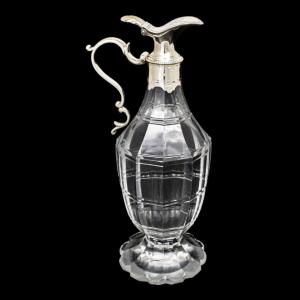










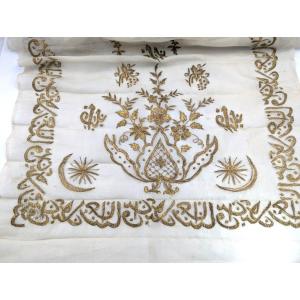
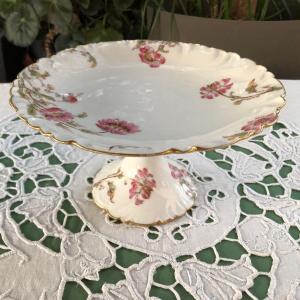


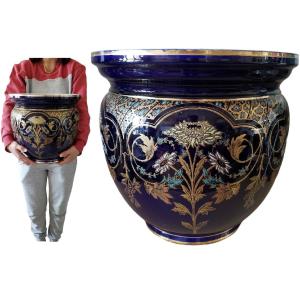
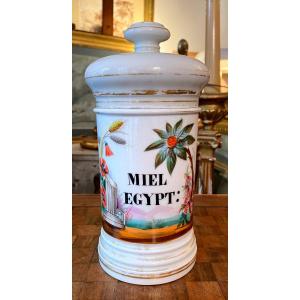



 Le Magazine de PROANTIC
Le Magazine de PROANTIC TRÉSORS Magazine
TRÉSORS Magazine Rivista Artiquariato
Rivista Artiquariato